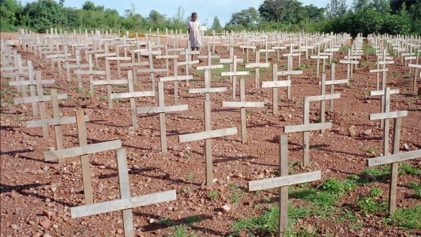Standing in the shallows, I let my toes sink into the pearl-white sand. Behind me, waves of peacock blue and green gently gather momentum. Facing me is a delicate strip of beach, shaped like a crescent moon: wide at its middle, with soft, tapered tips at each end. Eucalyptus and pines follow the beach’s curves. And that’s it: sea, sand and trees working together beautifully, creating a scene reminiscent of a distant desert island. Yet this beach – the Plage de Notre Dame – is far from remote. Just 20 minutes’ boat trip from Hyères, on France’s Mediterranean coast, Notre Dame dazzles on the north-eastern reach of the Ile de Porquerolles.
One of three islands, collectively known as the Iles d’Hyères, Porquerolles, at just over four miles long and around two miles wide, is intimate in scale. Its beaches are diminutive, too. I paddle the length of Notre Dame in just a few minutes. The fragrance of eucalyptus and pine hangs in the air with nothing to compete against it. There are no beachside shops or cafés pumping cooking smells into the air. Building on the island is tightly regulated, mainly forbidden.
Written records mentioning Porquerolles date back to the third century. Porquerolles’ only village, next to the harbour, was founded in the early 19th century but in 1912 the entire island was bought by a fantastically wealthy adventurer named François Joseph Fournier for his second wife for 1,000,000,010 francs. He planted 450 acres of vines, as well as hundreds of trees; he also built Le Mas du Langoustier hotel (see “Essentials”, right). The Belgian writer Georges Simenon was another fan and set two of his novels, Le Cercle des Mahée and My Friend Maigret, there.
In 1971, the French state bought most of Porquerolles, protecting it against urbanisation by granting it national park status and designating it a conservation area during the Eighties. As a result, the island’s landscape resembles the French Riviera of centuries ago…
Read more: Sara Evans, The Telegraph

